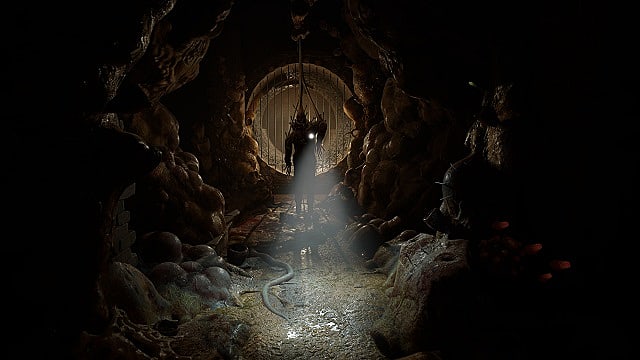

Why does Half-Life: Alyx absolutely need to be played in VR? It's a tough question to answer with words alone. But if I had to stick to words, I'd rather describe Half-Life: Alyx with a short story.
It begins with a guttural roar that echoes from deep within a hallway behind me. Guided only by a small circle of light shining from my left wrist, I diligently tip-toe past a collection of loose bottles strewn across the floor, knowing that any amount of noise coming from my direction could lead to a quick death. I stop just before running face-first into a shelf, then turn slightly, trying to get a glimpse of my surroundings.
Footsteps get louder behind me, and I reach through the dimly lit malaise, haphazardly throwing a half-dozen more bottles to the ground as the shrieks of broken glass betray my position in the dark.
My heart is pounding now as I waggle my left hand in the real world. Alyx's virtual hand makes contact with a trinket, nearly unidentifiable but solid nonetheless. Gripping it, I swing around in a half-circle before underhandedly slinging the item through the first doorway I see, in the hope that it might distract my assailant.
It crashes through a row of bottles, turning the creature's attention away from me — just long enough for me to clumsily seal the latch on the door, locking them inside.
It's at this moment that something occurs to me: Half-Life: Alyx is an incredible game. But it'd be so much less without those motion controls and the complete immersion afforded by a VR setup. It's wholly built around them, and that's what makes it so impressive.
Half-Life: Alyx Review — New Horizons
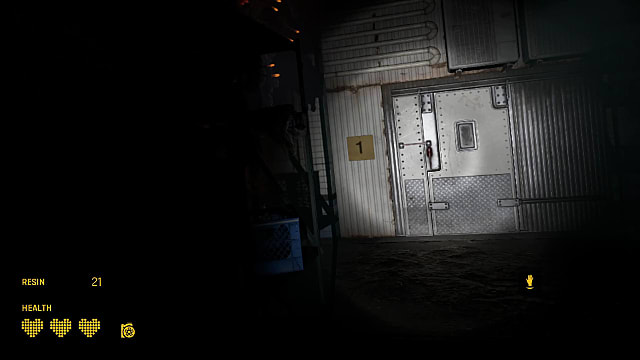
Set between the events of Half-Life and Half-Life 2, the game puts you in the shoes of gun-toting engineer Alyx Vance. The crowbar-wielding protagonist of past Half-Life titles, Gordon Freeman, is nowhere to be seen, but the change of perspective makes incredibly good sense for what Half-Life: Alyx accomplishes as a VR title.
Until now, every Half-Life game released has been built on fluid run' n' gun combat, nimble platforming, and intelligent physics puzzles tied together with cinematic storytelling in a rich and thoroughly detailed world.
Half-Life: Alyx is just a bit different. Being built from the ground-up for VR, it lacks the wide-open spaces and freedom of movement that justify the quicker pace and twitchier shooting of previous titles.
By contrast, it only puts three guns and a couple of grenades into your arsenal. Instead of quickly accessing what you need with the press of a key, you must now manage your inventory by physically reaching over your back for fresh clips, or producing items from storage slots located on your real-world wrists.

Most encounters, like the one described above, are so appropriately intense because they play off your ability to make things happen with your own two hands.
Whether you're reloading your pistol on time for a killing shot, gently sliding a wheel through a piece of rebar without making contact with metal (so as to avoid making noise), or delicately guiding an invaluable Resin pickup through a series of tripwire lasers and into your backpack, it seems like everything in Alyx is built to drown you in the tension of what would be another title's smallest moments.
This gameplay format is slow, deliberate, and sometimes limiting, but it's more exhilarating in practice than Half-Life has ever been.
Did I mention that it's also one of the best looking VR games around? Defying what one would think possible of VR — which eats up more system resources than a standard game and tends to look worse as a result — Valve managed to pack each of Alyx's scenes with such intricate lighting and detail that you're hard-pressed not to compare its graphical fidelity with something like Doom Eternal.
At least as far as art direction goes, Alyx is the clear winner.

Despite being linear, the makeup of City 17 is marvelously detailed and rich with secrets. Further, the 11-ish hours that it took me to complete all 11 of its memorable and unique chapters was such an unmitigated rollercoaster of emotions that, by the very end, I didn't want to leave. I could easily go back and play through Half-Life: Alyx a third or even a fourth time.
That is, of course, if you can handle the intensity of it.
Half-Life: Alyx is, after all, a VR title, which inherently makes it harder for some to play without doing so in roughly hour-long bursts. The comfort options in Half-Life: Alyx, while robust enough to even allow for seated play, still don't solve the core issue of motion sickness caused by artificial movement in VR.
One classic VR problem is almost completely solved in Alyx, however: Picking stuff up from far away is as easy as a flick of the wrist with your very own pair of Gravity Gloves. Instead of walking over to an item that you want to pick up, you just point at it with your hand and flick it over from afar. While not nearly as powerful or versatile as the Gravity Gun from previous Half-Life titles, it feels like an intuitive interaction that stops you from needing to move around quite as much.
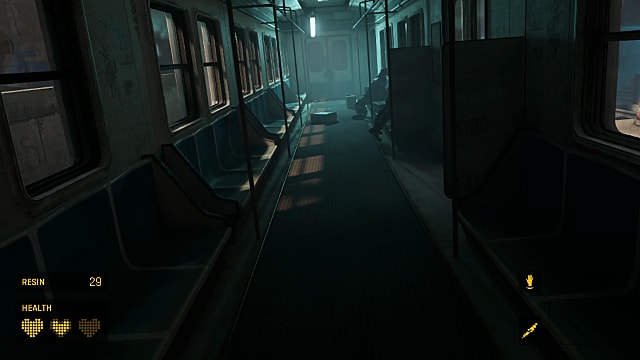
The story here is sharply written and masterfully delivered, absolutely raising the bar for what fans would expect from a Half-Life title. First of all, switching to a voiced protagonist in Alyx feels appropriate for the slower, more deliberate pacing of everything else. Your buddy over the comms, Russell, adds another layer of personality too, keeping you company in moments that would otherwise be far lonelier and more harrowing than without him.
Moral support and comic relief are delivered candidly and on time, and the chemistry between Russell and Alyx, while strong on its own, certainly establishes an added layer of contrast to the darker tone of the setting. Though, during the most gutwrenchingly creepy or challenging moments, his signal cuts out entirely, leaving you all alone to fend for yourself.
Without spoiling anything, Half-Life: Alyx is more of a flashback than a prequel, and it rewards you for having played each previous title in the series, including the two episodes, before starting.
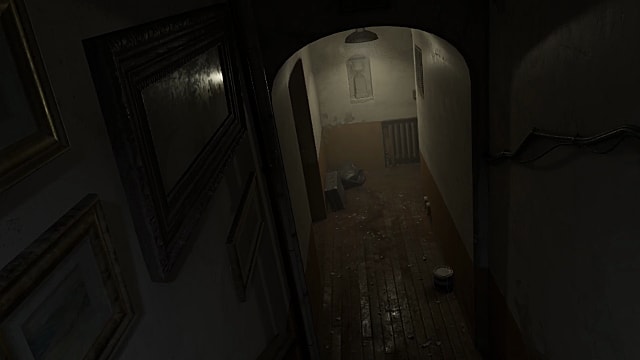
The combat, or rather, the gunplay, is one of the rougher parts of Half-Life: Alyx. It's clear that, unlike its predecessors, this isn't a first-person shooter. Think of it more as a VR game that takes place in the Half-Life universe, continues the Half-Life canon, and happens to include guns.
If the pacing of classic Half-Life is that of a power fantasy where you sweep through entire zones with agility — like a more photorealistic Doom or Quake — then, by comparison, the pacing of Half-Life: Alyx is akin to the slow crawl through Resident Evil 2's Raccoon City or Dead Space's USG Ishimura.
Enemies are slower, more predictable, and less varied, yet they are far more fearsome under the visor than they've ever been. However, your limited assortment of weapons feels less like it consists of powerful toys and more like it includes essential survival tools.
The shotgun, which still feels great, has extraordinarily limited ammo. The pistol and SMG feel like pea shooters by comparison. Landing headshots, which is still useful for killing enemies quicker, doesn't give you quite the same advantage as it did in other titles.
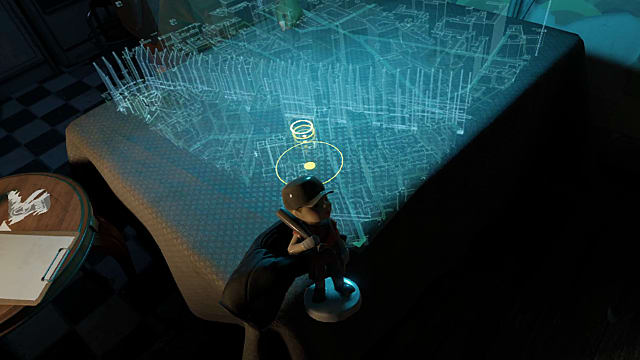
The puzzle selection in Half-Life: Alyx consists of different exercises that have you manipulating hand-held objects, though the large-body object manipulation of Half-Life 2 is absent from Alyx. You're never moving crates around to build a counter-weight, which is something that would have been a waste of VR controls anyway, and it's great that Valve went the direction they did here.
While it's true there are plenty of generic puzzles that only make you manipulate a holographic sphere with one hand and connect some dots with the other, there are some standout puzzles in Half-Life: Alyx. The very best involve rewiring circuitry with your Multi-Tool.
There are entire segments of Half-Life: Alyx which have you standing in a tight space and running your hand across a virtual wall as you search for links in a nearby power circuit. This might sound boring at first; it totally would be if you were trying to solve it from behind a keyboard and mouse! But, in practice, it makes fantastic use of the all-encompassing nature of VR gameplay.
Opening cabinets, rummaging through drawers, removing paintings from walls, and sticking your head up next to weird alien shellfish are all a part of the experience, and Valve misses no opportunity to make you look closer at the highly detailed world that it's created.
Half-Life: Alyx Review — The Bottom Line
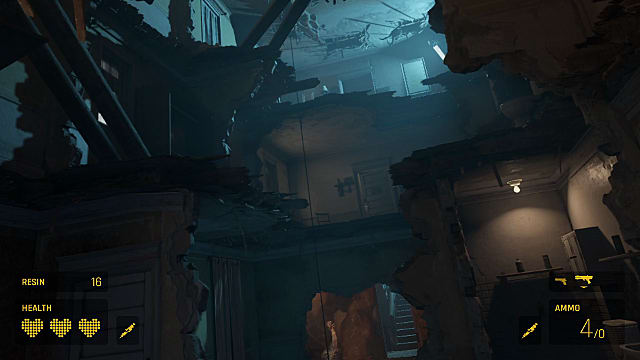
Pros
- Incredible world-building and story
- Exemplary use of VR controls and perspective
- Decently lengthy (for a VR game) at 11 hours, but well worth replaying
- Jeff
Cons
- Limited combat
- Some generic puzzle design
- It's only 11 hours!
- Jeff
The release of a VR game like Half-Life: Alyx is a momentous occasion. Not only is this one of the very first AAA VR games to break the bubble, but it's also a revival of one of the most beloved game franchises on the planet, following up on a nearly 13-year hiatus that left us all on a very inconvenient cliffhanger.
Half-Life: Alyx picks up the baton and carries it much further than anybody ever expected of a VR title, let alone a "spin-off" title that isn't technically Half-Life 3. In short, Half-Life: Alyx is here, and it's the real deal. And while I can see myself replaying it many times in the near future, the only question I have now is: "What's next?"
[Note: A copy of Half-Life: Alyx was provided by Valve for the purpose of this review.]
0 comments:
Post a Comment